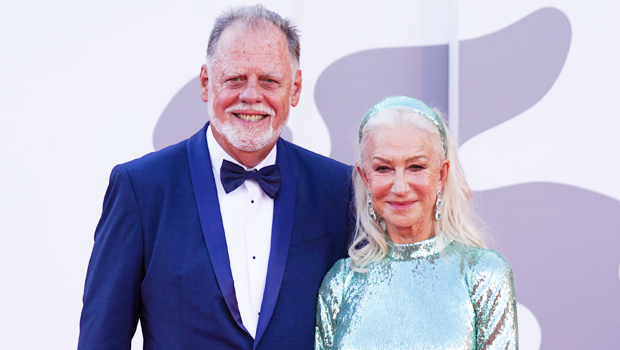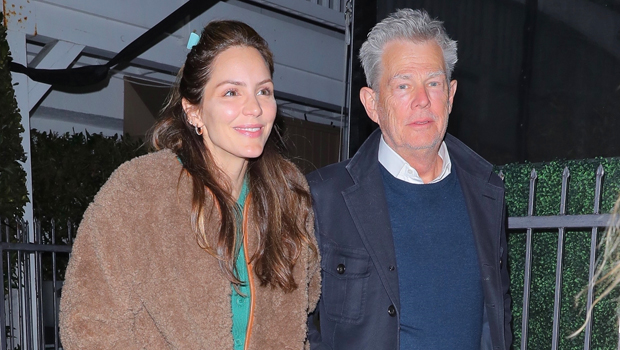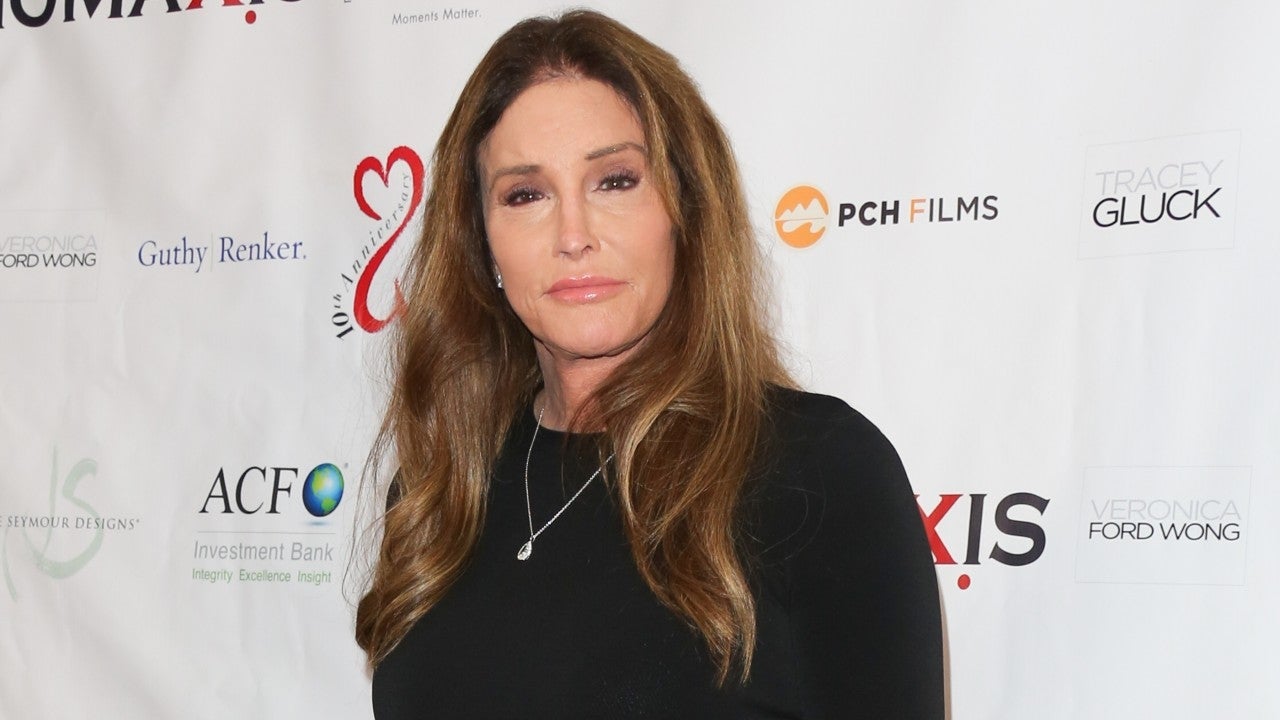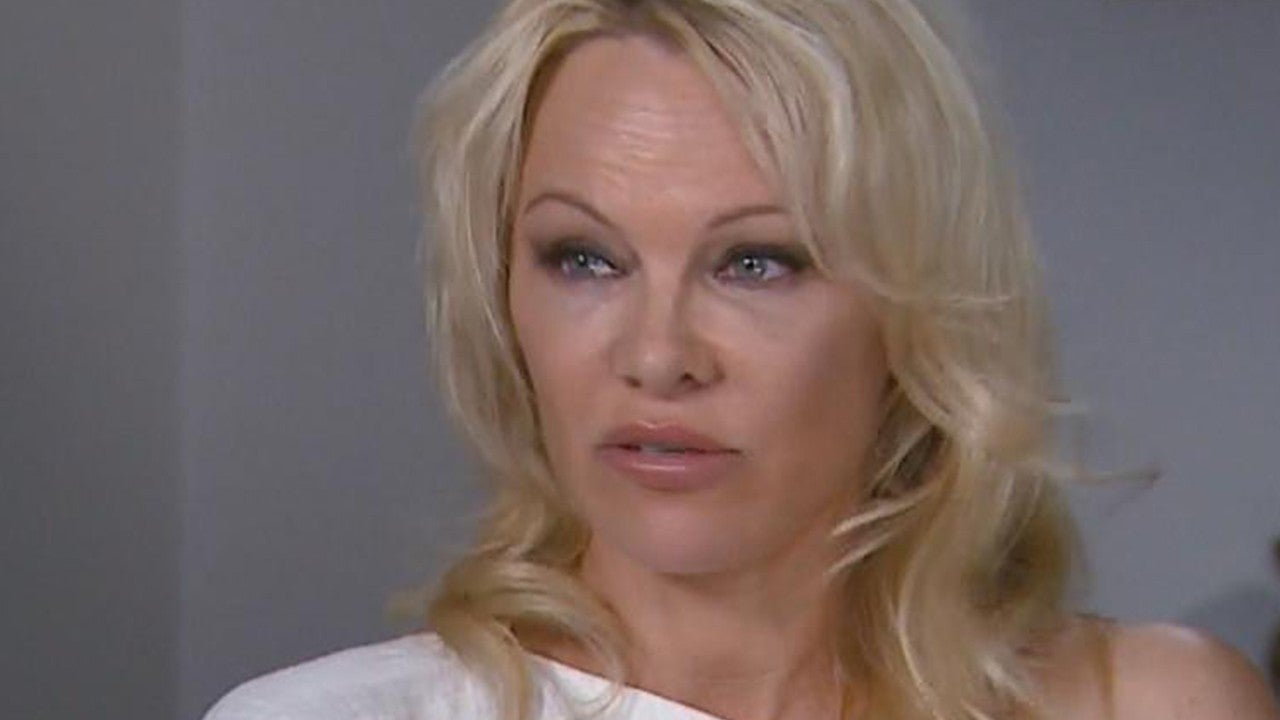TIFF 2022 Women Directors: Carmen Jaquier – “Thunder”
Swiss film director Carmen Jaquier graduated from the Cantonal School of Art in Lausanne (ECAL) in 2011. Her graduation film, “The Girls’ Gravere,” went on to receive the Pardino d’argento at the Locarno Film Festival that same year. Jaquier’s...
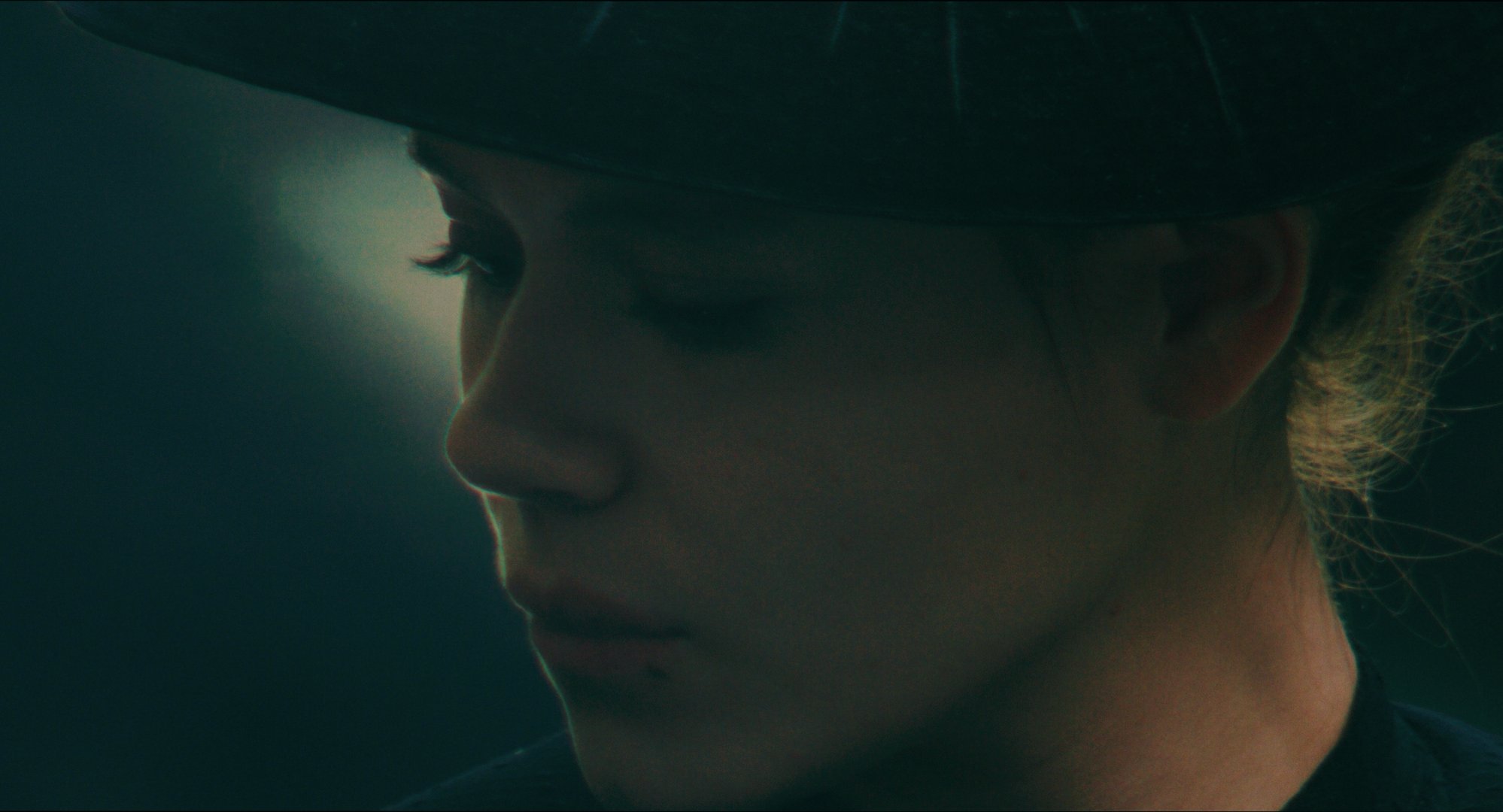
Swiss film director Carmen Jaquier graduated from the Cantonal School of Art in Lausanne (ECAL) in 2011. Her graduation film, “The Girls’ Gravere,” went on to receive the Pardino d’argento at the Locarno Film Festival that same year. Jaquier’s films “The River Under,” “The Tongue,” and “Wonderland” were selected for the Locarno Film Festival in 2015. She also worked as director of photography on a few movies from artist Nagi Gianni, and on “A Bright Light – Karen and the Process” by Emmanuelle Antille, presented at the Festival Visions du réel in 2018. “Thunder” is her first feature film.
“Thunder” is screening at the 2022 Toronto International Film Festival, which is running from September 8-18.
W&H: Describe the film for us in your own words.
CJ: “Thunder” follows Elisabeth, a young novitiate who has to face the sudden death of her beloved older sister and tries to understand what happened to her. In response to her questions, Elisabeth receives only silence. Discovering her sister’s words and the story of her tumultuous and mystical experiences, Elisabeth, in turn, experiences desire. She explores the connection between faith and desire, through the notion of sisterhood and friendship. All this, at the end of the 19th century, in a valley in southern Switzerland.
W&H: What drew you to this story?
CJ: Some family archives were a first source of inspiration. The words of my great-grandmother that I discovered in her notebooks. I did not use her words in the film, those belong to her — but her thoughts offered me many questions, such as: What if God was “desire”? Then, as I progressed in my research and I immersed myself in this poor, peasant Switzerland of the late 19th century, I felt the need to give body and voice to certain courageous people who had not been retained by history and who can inspire us today, particularly in our relationship with our sexual behavior.
I consider sexuality a place of research. Sexuality is a mixture of gestures, closeness, interiority, exchanges, and discoveries. All the senses can be activated at the same time, it is something very strong if one desires it and if one accompanies oneself with respect or knowledge. Desire is transformative and one can make links between sexual behavior and social protest. Sexuality is a place where a lot of violence is perpetuated and this is one of the reasons that we don’t talk enough about sexualities with consideration and sincerity. I think we need to confront it, even if it can create discomfort.
W&H: What do you want people to think about after they watch the film?
CJ: I don’t want to force people to receive a message, I just hope they will have their own experience and that this experience will make them feel, think, and talk.
W&H: What was the biggest challenge in making the film?
CJ: Giving birth to my first child and making my first film at the same time was challenging. As the shooting took place three hours away from where I live, I spent many weeks, months, away from my family. We had to think about how to best support our child with our modest means. I also had to work on my feelings of guilt and I went through some very lonely moments. Fortunately, the film was made with a lot of support, surrounded by beautiful and inspiring people. I had a lot to learn and so much to integrate, with the challenge of never losing sight of the heart of the film.
W&H: How did you get your film funded? Share some insights into how you got the film made.
CJ: I met Flavia Zanon, producer at Close-Up Films, in 2016, at the end of my studies at ECAL/HEAD. I told her about “Thunder” and we quickly decided to develop the script together.
The financing of the film was launched in 2018, when the script was the recipient of a grant from a Swiss foundation, Suissimage. This one-time grant was set to award projects directed by women and it gave us our first major push. In Switzerland, most of the funding is secured through public institutions so we then went on submitting the script — successfully — to our national and regional funds. The Radiotélévision Suisse (RTS), our national broadcaster, then joined the project as a co-producer. We shot the film in summer 2020.
W&H: What inspired you to become a filmmaker ?
CJ: The pleasure of writing, which I have practiced since childhood, and the stories and characters that have accompanied me. The anger, absolutely.
The faces of all the people I photographed in my adolescence and those I filmed afterwards. Following a face, a body, the energy that comes out of this living, moving form has always touched me a lot.
My friend Amanda, who had a small digital video camera and with whom I shot my first short film.
Claire Denis, Jane Campion, Harmony Korine — all the inspiring people I met in real life or in a dream who gave me the strength to make and sharpened my eye.
My body and my eyes, which were looking for tender stories to tell and which felt at home behind a small camera crossing space and time.
W&H: What’s the best and worst advice you’ve received?
CJ: Just before the shooting of my first short film, a friend told me, “When your doubts prevent you from thinking, come back to the essential.” It’s a very simple sentence that often comes to mind in my daily life. On a film set, as in life, there are choices to be made, decisions to be taken and this sentence allows me to remember what is most important.
I also think of my brother who, when I was looking for someone to shoot “Thunder,” advised me to meet the DOP Marine Atlan. It was a very important meeting for me and also for the film.
I don’t know if I received bad advice that I would have followed. I try to stay connected with my intuition and not to be influenced if something doesn’t sound right. I remember people who didn’t believe in the film because it wasn’t “historical” enough, that a film like “Thunder” should be in dialect and be absolutely faithful to history. I simply replied that I was a filmmaker and not a historian and that historical accounts are, in part, points of view. In this sense, they carry a fictional element. It is necessary to take hold of the stories, to break down the limits of the representations that do not ultimately represent the complexity of the world.
W&H: What advice do you have for other women directors?
CJ: To choose one’s collaborators, one’s team, as if one were choosing a family at heart. This is where we, as directors, can influence the way the film is made, the quality of listening and exchanges, the [power dynamics] — and ensure that our vision is supported and accompanied with strength and desire.
W&H: Name your favorite woman-directed film and why.
CJ: It’s hard, there are so many great female directors! “Wanda” by Barbara Loden is a film that I have seen many times and that fascinates me from the first to the last shot. It is for me a radical gesture, without detours, inimitable, a work in itself. It is a film that speaks, among other things, of people to whom violence and misery have been imposed. Wanda’s wandering on the edge of the abyss confronts and moves me each time, as a human being and as a filmmaker. What kind of human am I becoming? Which story to tell? What film to make? And also, how to do it? Wanda and through her, Barbara Loden, regularly come to haunt me.
W&H: What, if any, responsibilities do you think storytellers have to confront the tumult in the world, from the pandemic to the loss of abortion rights and systemic violence?
CJ: The most striking films that gave me something to think about as well as to dream about, did not have their theme at the forefront and did not necessarily expose their political struggle from the start. However, something was working in a subterranean way, through the choice of the story, the way the story was told, the characters, or through all kinds of artistic decisions, rebellious decisions. It takes a lot of time, a lot of commitment, and I think it’s something that is necessary today.
In my writing, I am influenced by the world around me, what I see, what I hear. More directly, I try to take responsibility for my own actions: for example, in the choice of choosing a person. I think we are responsible for the films we make, from the first line to the way we present and accompany our film. Sometimes a movie can reveal something about our society and our understanding of it. But the cinema, in its current state, will not change the world.
W&H: The film industry has a long history of underrepresenting people of color onscreen and behind the scenes and reinforcing — and creating — negative stereotypes. What actions do you think need to be taken to make Hollywood and/or the doc world more inclusive?
CJ: People have to keep up the pressure and the media has to follow. In Europe, with the funding, we can have quotas to try to change the reflexes but this raises other questions and it is not a system that should continue.
We need a personal and collective commitment, whether it is at the level of decision-makers or of all the actors of the sector. Everyone has to work on deconstructing their environment, their education — it’s an intense commitment, overwhelming but so interesting. [We have to understand] where our interests and decisions come from, especially the worst ones. It is essential for the change not to be made only on the surface. It is also necessary to make the effort to be interested in other profiles, to look for people, directors, actors, technicians, etc. who, for unfair reasons, have been made invisible.

 Koichiko
Koichiko 







